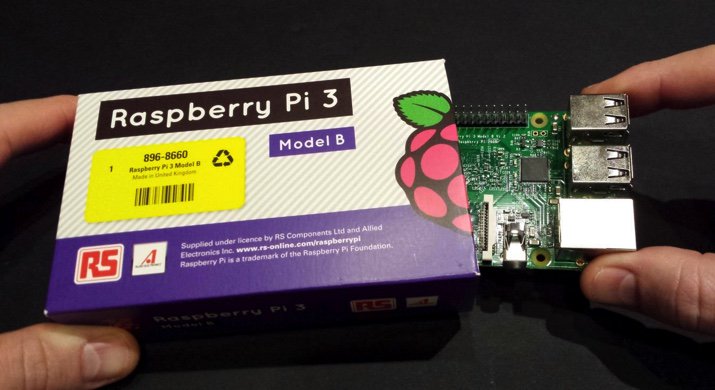2016, The Year of VoIP Choice: Redundancy and Multi-Tenant with Wazo
As we celebrate Labor Day, it seemed appropriate to document why Wazo separates the men from the boys so your phones don’t end up as boat anchors buried in the sand. Today our focus is "High Availability (HA)" and "Multi-Tenant (MT)", two very expensive options for many PBXs including some that loosely tout their platforms as free. In the PBX context, HA means that, when your server fails, there’s another one waiting in the wings to automatically take over. Much… Read More ›



